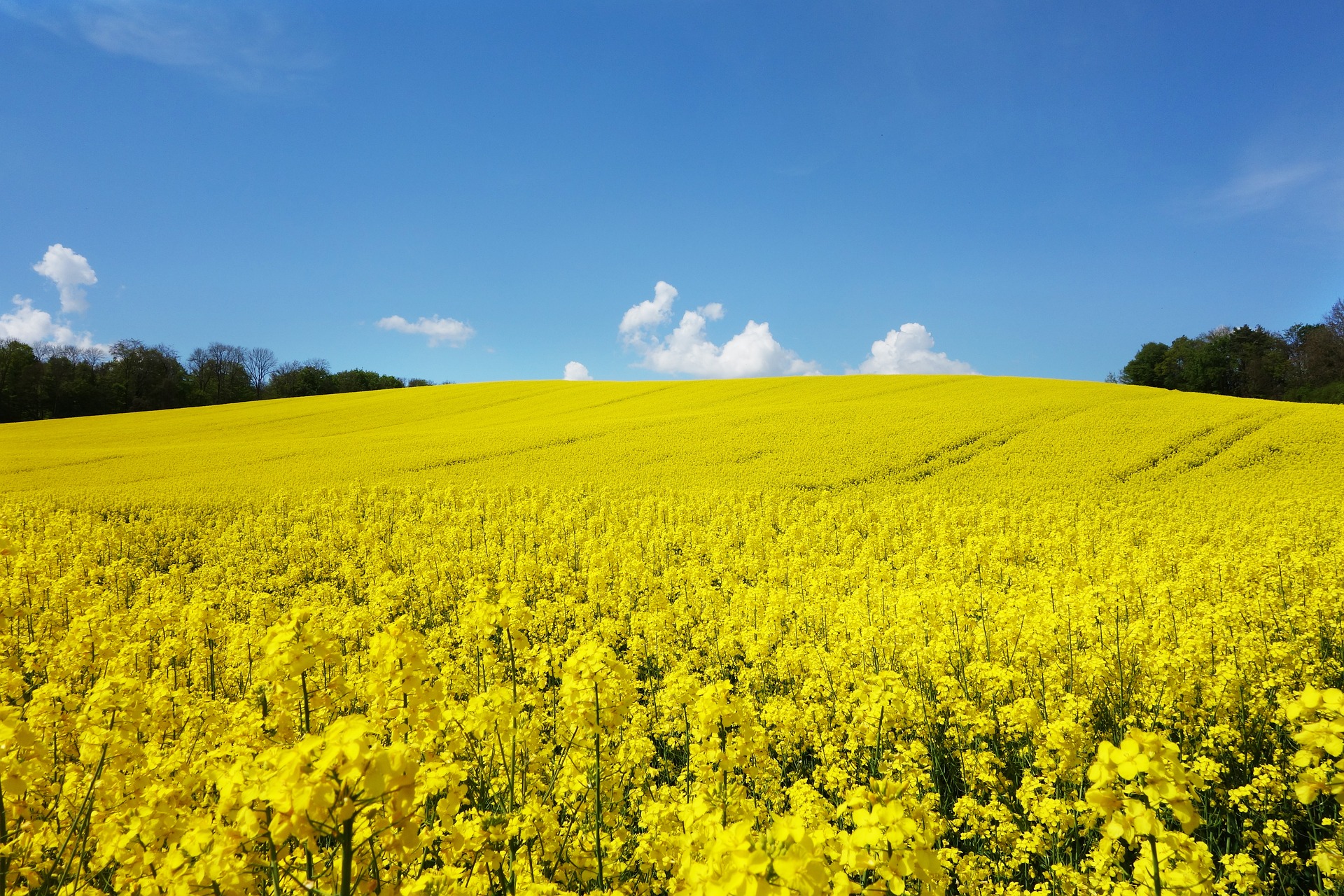
Rape seed is a vegetable oil from the Chliepayan family and type of Braccica.
The cultivation of this plant has a long history in the world, but for nutritional usage of it started 25-30 years ago.
Rapeseed has a vertical root and by planting with strong roots, it uses soil moisture content better than grains in autumn and can absorb and consume moisture at a depth of 100-80 cm from the soil.
Depth of penetration and extension of the root system plays an Important role on its tolerance to warm and dry weather, as well as in optimal use of moisture stored in the soil.
From one hectare of rapeseed farm, through using bee hives, it is possible to collect up to 60 kg of honey in a season. Canola seed contains 48-40% oil, and 38-45% protein in the meal.
This plant should be cultivated in appropriate time in order to provide suitable field coverage and favorable growth and thus it can increase cold weather. Rapeseed should be cultivated 8-6 weeks before the start of the first frost.
The optimum temperature for the growth of rapeseed is about 25 to 30 degrees Celsius. Rapeseed can be cultivated alternately with wheat and barley crops and reduces the population of diseases, pests and weeds. Considering the right time of cultivation can increase the grain yield of all these products.
Rapeseed has spring and winter growth types, and thus it is possible to cultivate this plant under different climatic conditions. In rice fields after harvesting rice, early rapeseed cultivars can be used for cultivation.
Based on studies that have been carried out on rapeseed cultivars at research centers and rapeseed fields of farmers in different regions, warm and wet areas the first half of November, and in warm and dry areas, the second half of November, in cold temperate regions, the second half of September until the first week of October, and in cold regions of the country the second half of September, are suitable for rapeseed cultivation.
It should be noted that in hot and humid areas, as well as hot and dry areas, species with spring brigade can be cultivated in the fall.
The length of emergence of canola is different in various climates, for instance in hot and humid areas it is 200-170 days, in warm and dry 160-160 days, in moderate cold and cold 280-240 days. Rapeseed cultivation, if properly managed, can yield more than 4 tons in hectare, in different areas.
In table below, development of rapeseed cultivation in a resilient economy plan can be seen
| 1 | 2 | 3 | 4 |
| 1211 | 3215 | 6532 | 5421 |



